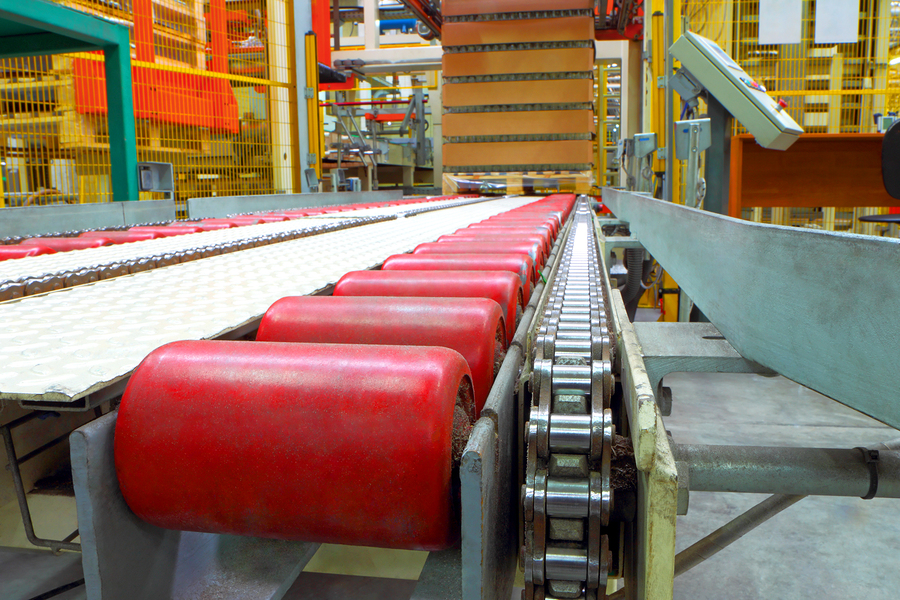As sources diversify and consumer demands evolve toward transparency and wholeness, technology must play an ever-increasing role at every point in the food manufacturing supply chain. Some traditional processes will collapse, while others will expand in non-linear networks near and far around the globe.
Here are five ways technology is transforming the food supply chain in response to its changing demands.
Sourcing
Globalization is changing where food comes from and the methods for receiving and transporting it to a plant. With an increase in source variety comes a greater need for reliable testing. In 2014, the global food safety testing market reached $10.5 billion, and it’s expected to grow 5.3% annually through 2019.
At the same time, greater emphasis on near-the-field processing, chilling, and freezing is mandating changes in food transport, refrigeration, and energy. A growing traceability technology market makes food sourcing more accessible and transparent to consumers.
Cost
According to researchers Watson, Wysocki, and Bucklin, information technology “plays a critical role in reducing costs and meeting customer demand.” More functional, homogenous products with relatively stable demand can benefit from automated ordering processes, quality-assurance control systems, and delivery scheduling.
For differentiated, novel products with more unpredictable demand, you’ll want monitoring technologies such as scanner data collection at point-of-sale terminals to help analyze and forecast consumer trends. Portable scanners in conjunction with software can also be used to monitor and track product in an inventory control system for greater cost effectiveness.
Production
An array of connected sensors in “Factories of the Future” can generate productivity data, predict maintenance needs, improve inventory management and quality control, and streamline production processes.
To address concerns at the intersections of technology and tradition such as perishability, aversion to technology, and industry fragmentation, hackathons like those hosted by Food + Tech are developing tools to optimize solutions. These tools can help scale the industry by making it easier for new players to enter the marketplace and better meet growing demands for more sustainably produced food.
Safety
An increased variety of sources also means more variable safety risks. Better testing, RFID, data logging, GPS, and smart sensing labels can help to track and control temperatures, on-time arrivals, adulteration, and safety. Even sprayable DNA solutions may soon trace food back to specific sources, cutting down on massive, knee-jerk recalls.
In the plant, more sensitive automation allows machines to take over heavier tasks, removing humans from paths of potential harm.
Consumer Satisfaction
Developments such as online grocery shopping and wearable technology are changing how food is delivered to consumers. Smartphone applications can now trace every ingredient in a packaged product (like Barilla pasta) back to its source. These developments open up opportunities for brands to connect more directly with consumers and to supply information that will build trust and maintain loyalty.
As Lisa Tryson at Food Safety & Quality says, “Technology makes modern food possible. It also gives rise to a delivery chain that is steadily more complex, agile, dynamic, and multidimensional.”
Changes in basic facilities design and workforce training will become increasingly necessary to maintain compliance with safety regulations and to stay efficient and competitive in this new world of food.
